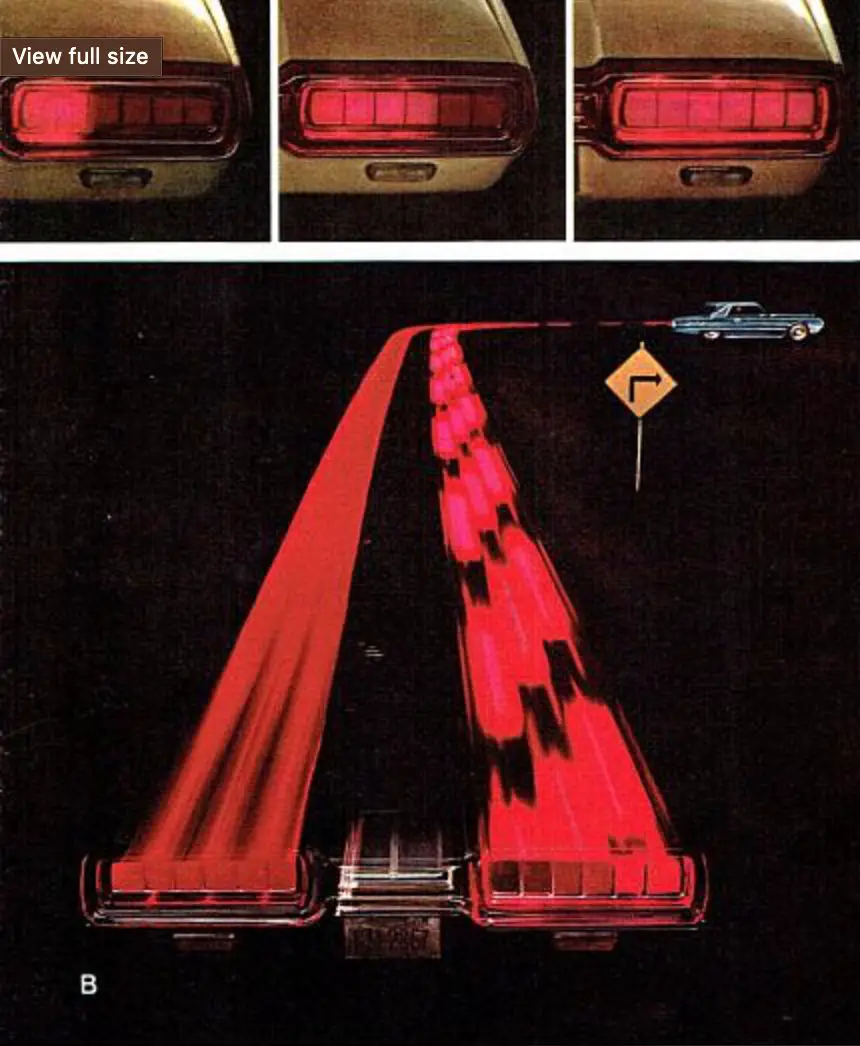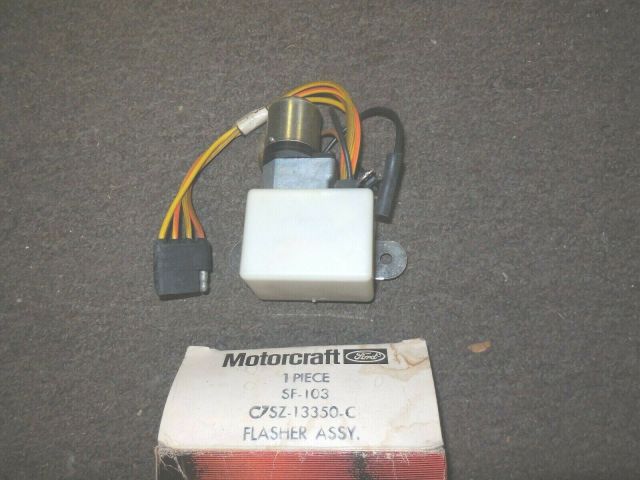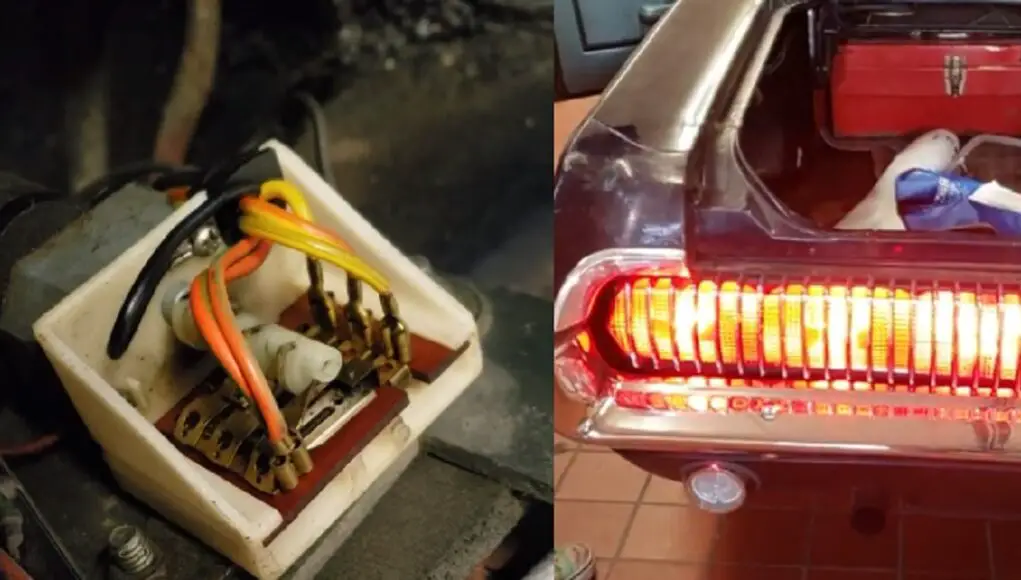By rotating a cam assembly, three lobes completed circuits for individual bulbs: inner, middle, and outer.
The electric Ford Mustang Mach E SUV is the latest FoMoCo product to feature sequential turn signals, blinking taillights that show, by flashing individual LED bulbs, the direction you’re turning. But what if I told you this is old technology, nothing new, and first saw use in the mid-1960s?
First introduced on the 1965 Ford Thunderbird and popularized on the more powerful Ford Mustang and Mercury Cougar, sequential turn signals were a novel way to differentiate Ford products from the rest of the muscle cars.

Before transistors became commonplace in cars, a mechanical means to trigger lights was engineered. The sequencer device was made of a small motor that powered the aforementioned four cams. Three cams lit the lamps in the right order, and the last cam kept the motor running until the wiper stalk returned to the “home position.” The on/off switch wiper blade motor works using similar logic.

To protect against dust, dirt, and moisture, as the electronic sequencer was stuffed in the back of muscle cars (known for their tightly sealed body panels #sarcasm,) you had to pry open the box to see inside. And that’s what this Mercury Cougar owner did for us, below.
Here you can see the tiny rotating motor, probably repurposed from some tiny fan motors they have in Ford’s parts bin of the time. The cam rotates, triggering three separate contacts. “Programming” this sequencer meant getting the cam lobes sized just right and choosing a material that would withstand the test of time (plastic.) Power is sent to each bulb long enough for it to flash.
Simple in design and cheap to mass produce, it worked. The sequential flasher was a key feature that few other muscle cars of the time had.
Today, sequential flashing is handled all electronically, programmers coming up with complicated patterns that far surpass a three-flash system. Paired with LEDs, the skies the limit how creative taillight patterns can get.
And, since Ford is no longer making those tiny motors, Classic car owners have resorted to fully electronic plug-and-play sequencers that no longer require a motor to power on each bulb.



